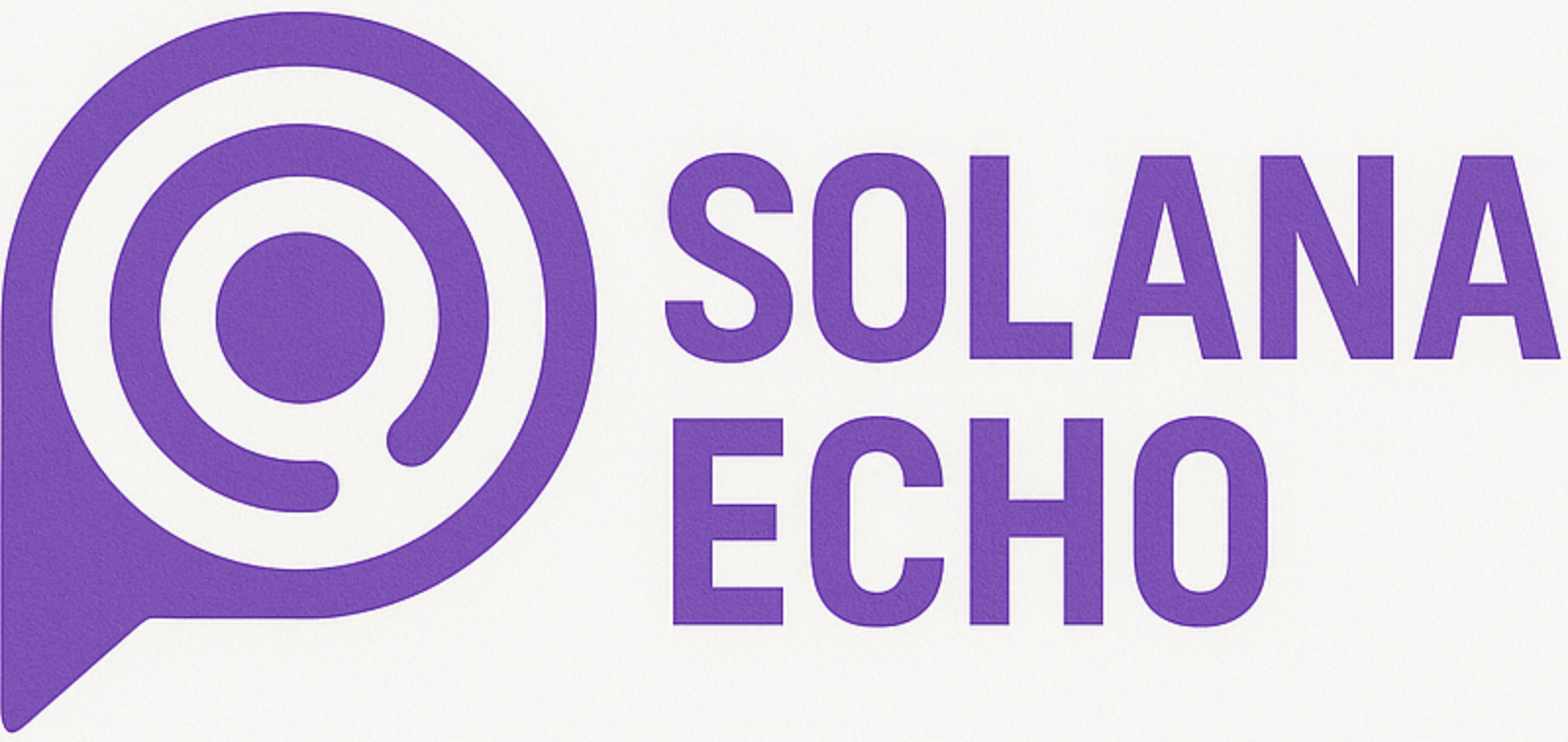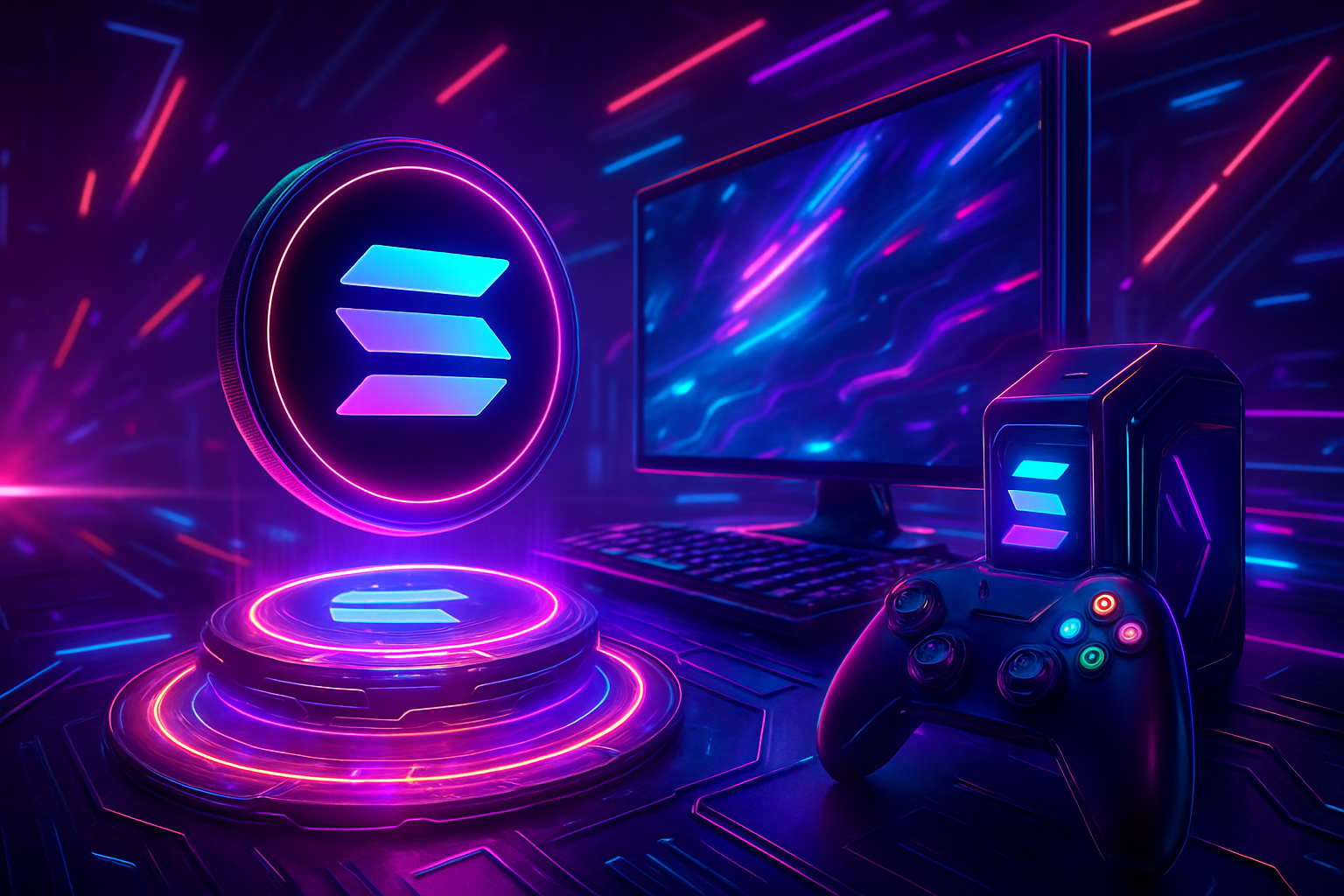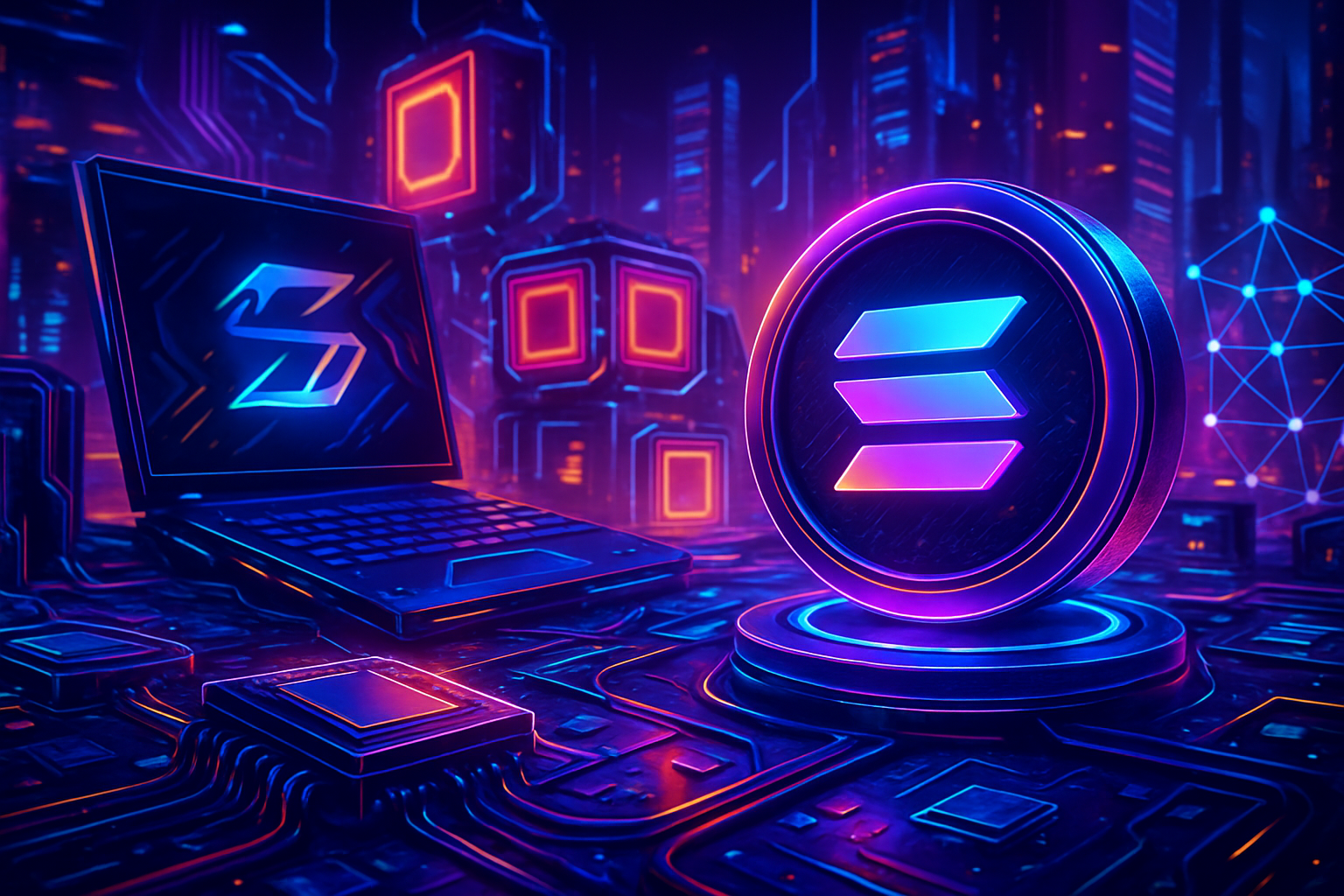DeFi Trends on Solana: What’s Coming Next?
The DeFi landscape on Solana is evolving at a breakneck pace. As Ethereum’s scaling headaches continue, developers and users are increasingly attracted to Solana’s lightning-fast throughput and low fees. In 2024, we’re seeing the ecosystem move beyond “copy-paste” forks and into genuinely innovative territory. But what’s truly next for Solana DeFi? Let’s dig into the trends, protocols, and user behaviors shaping the future of decentralized finance on this high-performance blockchain.

Emergence of Next-Gen Lending Protocols
Solana’s unique architecture has enabled lending markets to experiment with features that would be cost-prohibitive elsewhere. Platforms like Marginfi and Solend aren’t just mimicking Aave or Compound—they’re introducing new risk models, real-time margining, and composability with Solana-native assets like SPL tokens and NFTs. Expect to see:
Top Upcoming Lending Protocols on Solana
-
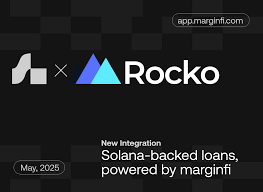
MarginFi V2: MarginFi’s next iteration promises advanced risk engines and cross-margin lending to enhance capital efficiency for users.
-

Solend V3: The anticipated V3 upgrade brings expanded collateral support and improved liquidation mechanics for safer, more flexible lending.
-
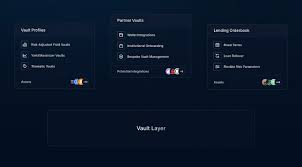
Kamino Lend: Kamino is set to launch automated lending markets with dynamic interest rates powered by real-time on-chain data.
-
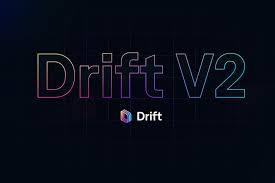
Drift Lending: Drift Protocol is entering lending with a decentralized money market designed for high-speed, low-fee borrowing on Solana.
-

Parcl Lending: Parcl is introducing real estate-backed lending on Solana, allowing users to borrow against tokenized property indexes.
These protocols are also integrating with oracles like Pyth Network for hyper-accurate price feeds—crucial for preventing liquidations during times of volatility. The next wave will likely include undercollateralized lending powered by on-chain reputation systems, a major leap forward for DeFi accessibility.
Composable Yield Strategies & Automated Vaults
The hunt for sustainable yield is driving innovation in automated vaults and dynamic strategies. Unlike legacy chains where gas costs eat into profits, Solana allows vaults to rebalance frequently without penalizing users. Projects such as Kamino Finance and Jupiter Exchange are pioneering auto-compounding vaults, delta-neutral strategies, and even cross-chain yield aggregation.
“Solana’s speed unlocks advanced yield products that simply aren’t feasible elsewhere—think real-time leveraged LP positions or instant strategy rebalancing.”
This composability is attracting not just retail investors but also institutional players seeking efficient capital deployment. Expect more hybrid products blending DeFi primitives—like options vaults integrated directly with lending pools or perpetual swaps.
Sustainable Tokenomics & Real Revenue Models
The days of unsustainable emissions are numbered. New protocols are prioritizing fee-sharing models, protocol-owned liquidity (POL), and even buyback-and-burn mechanisms to create lasting value for token holders. For example:
- Orca: Transitioned from pure token incentives to fee capture from concentrated liquidity pools.
- Drift Protocol: Implements insurance funds funded by trading fees to protect users during black swan events.
- Phoenix: On-chain order book DEX distributing protocol revenues directly to stakers.
This shift toward real revenue is critical as users become more sophisticated—and as regulators scrutinize tokenomics more closely. The projects that survive will be those that prove long-term sustainability rather than relying on inflationary rewards.
User Experience: Wallets, Aggregators & Social Features
No longer content with clunky interfaces or opaque transactions, the new wave of DeFi users expects seamless onboarding and transparency. Wallet projects like Phantom are rolling out social trading features, transaction previews, and built-in swap aggregators powered by platforms such as Jupiter Exchange.
Which user experience feature matters most to you in Solana DeFi apps?
As Solana DeFi continues to evolve, user experience is key. Which feature do you value the most when using DeFi apps?
This focus on UX isn’t just cosmetic—it’s fundamental to onboarding the next million users onto decentralized finance platforms in the coming year.
Cross-Chain Interoperability: Solana’s Bridge to the Multichain Future
As DeFi matures, siloed liquidity is giving way to a multichain paradigm. Solana is rapidly integrating with cross-chain protocols, allowing assets and data to flow seamlessly between blockchains. Projects like Wormhole and Portal Bridge are at the forefront, enabling users to move stablecoins, NFTs, and even governance tokens between Solana and ecosystems like Ethereum, Avalanche, and Cosmos.
This trend is accelerating with the rise of cross-chain swaps and universal liquidity pools. Imagine swapping ETH for SOL or SUI in a single transaction—no centralized exchange required. As these bridges become more secure and capital-efficient, we’ll see new DeFi primitives emerge: think cross-chain lending markets or yield farming strategies that optimize across multiple networks simultaneously.
Top Cross-Chain Protocols Linking Solana DeFi
-
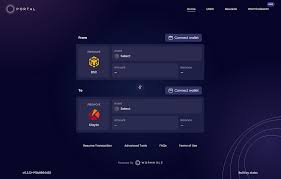
Wormhole: A leading cross-chain bridge enabling seamless asset and data transfers between Solana and major blockchains like Ethereum, BSC, and Avalanche.
-
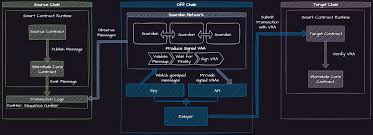
Portal Bridge: Built on Wormhole, this protocol focuses on secure, fast token transfers and NFT bridging across multiple ecosystems, enhancing Solana’s interoperability.
-
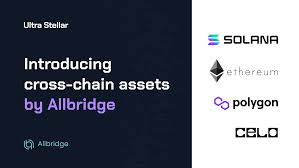
Allbridge: A flexible bridge supporting over 15 blockchains, Allbridge empowers DeFi users to move assets between Solana and EVM/non-EVM chains efficiently.
-
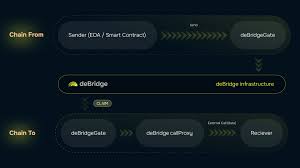
deBridge: Known for its robust security and advanced messaging, deBridge connects Solana to a growing network of blockchains, enabling complex cross-chain DeFi strategies.
-
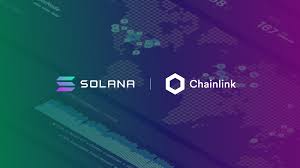
Chainlink CCIP: The Cross-Chain Interoperability Protocol by Chainlink brings programmable token and data transfers to Solana, driving next-gen DeFi composability.
The implications are massive for both retail users seeking the best yields and institutional players managing risk across diverse chains. Expect security audits and insurance products to become standard as the stakes—and total value bridged—increase.
Decentralized Perpetuals & Advanced Derivatives
Solana’s low-latency infrastructure is catalyzing an explosion in decentralized derivatives trading. Platforms such as Zeta Markets, Drift Protocol, and Mango Markets are rolling out perpetual swaps, options vaults, and novel risk management tools—all without the friction of centralized intermediaries.
This new breed of on-chain derivatives platforms is designed for both retail traders looking for transparency and professionals demanding performance. Features like sub-second order execution, isolated margining, and composable risk controls set Solana apart from legacy alternatives.

The next frontier? Permissionless structured products—automated strategies that generate customized exposures (e.g., volatility harvesting or covered calls) on-chain. This will further democratize access to sophisticated financial instruments previously reserved for hedge funds or accredited investors.
Security & Compliance: The New Arms Race
Security remains paramount as TVL surges across Solana’s DeFi stack. Recent exploits have underscored the need for robust audits, real-time monitoring tools like OtterSec, and insurance solutions such as InsurAce. Teams are increasingly adopting formal verification practices—borrowing from traditional finance’s playbook—to ensure smart contract reliability.
Meanwhile, regulatory clarity (or lack thereof) shapes protocol design decisions. Expect more projects to implement compliance opt-ins: KYC modules for institutional pools or geofencing features that allow protocols to adapt swiftly to regional policy shifts without sacrificing decentralization for all users.
What’s Next? Community-Led Innovation & DAOs Take Center Stage
If there’s one constant in Solana DeFi, it’s relentless experimentation—much of it driven by grassroots builders rather than VC-funded juggernauts. DAOs are evolving from simple governance forums into full-fledged product studios shipping everything from NFT-collateralized loans to on-chain prediction markets.
The rise of open-source tooling (see: Anchor framework) empowers anyone with an idea—and some Rust skills—to launch new primitives or integrate existing ones in unexpected ways. This creates a flywheel effect where composability begets more composability, fueling innovation at an unprecedented pace.
Ready To Dive In? Essential Resources For Staying Ahead
- Solscan DeFi Dashboard: Real-time analytics on protocol usage and TVL trends.
- Solana Compass: Track launches, ecosystem news, and developer resources.
- Solana Spaces: Community-driven guides for onboarding into the latest dApps.
- SolDev: Tutorials for building your first DeFi app on Solana using Anchor or Seahorse frameworks.
- Official Docs: The canonical source for protocol upgrades and network changes impacting DeFi builders.
The next era of DeFi on Solana belongs to those who can adapt quickly—whether you’re a developer pushing protocol boundaries or an investor hunting for sustainable yield. With composable infrastructure, community-driven governance models, and relentless UX improvements converging at breakneck speed, 2025 may be the year when decentralized finance finally becomes mainstream—not just on Solana but across the entire crypto economy.
